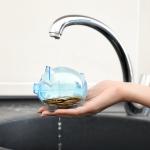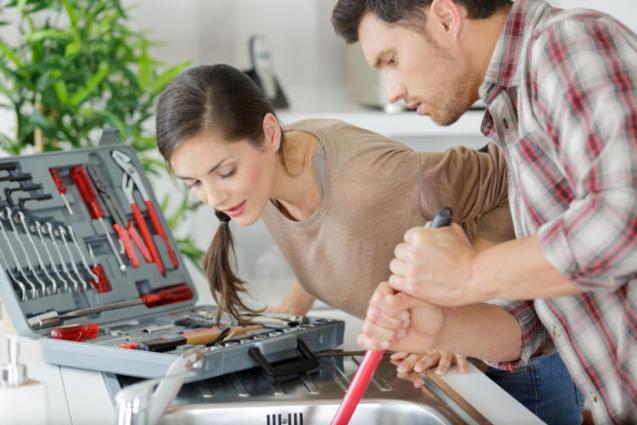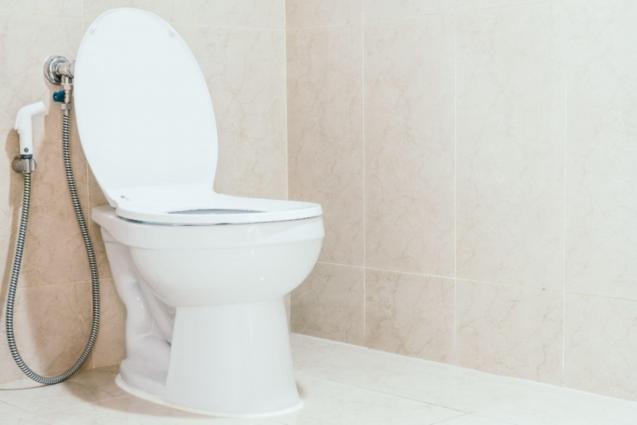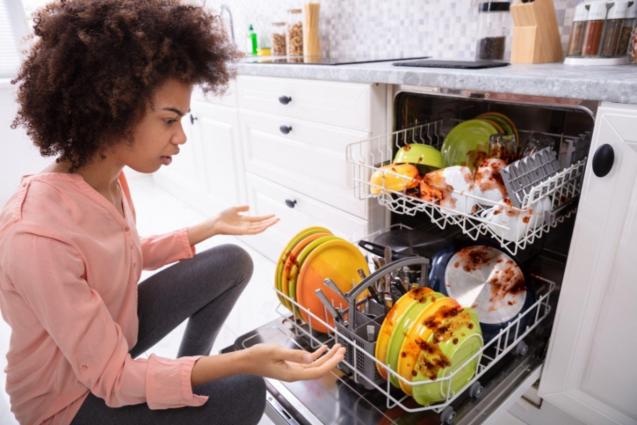
Water Conservation at Home: A Strategy to Lower Your Utility Costs
By Fluid Plumbing|December 21, 2023
Water conservation is the careful management and use of water resources to meet current and future human demands. Acknowledging its importance in today's world is not only an environmental necessity due to our limited freshwater resources, but also an economical one. This article below explains how you can implement water conservation strategies at home to lower your utility costs.
Understanding Your Water Usage
Knowing your household's water usage is the first step towards managing and reducing it. This is crucial for effective water conservation. Many water supply utilities provide tools and resources that allow customers to track their water consumption online. If not, keeping a log of your water metre readings can also help you gauge how much water you consume.
You’d be amazed to know that the average Australian household uses around 900 litres of water per day. How high is it for you? If you find your consumption to be higher than average, it's worth considering some water-saving strategies - as high water usage equates to high utility bills and can significantly contribute to the typical water costs in Newcastle.
Simple Water-Saving Techniques
There are numerous simple water-saving actions that you can start implementing today. Begin with reducing the time you spend in the shower, and consider catching the cold water that runs before it warms up. This water can be utilised for watering plants or flushing toilets. Turn off the tap while brushing your teeth or washing dishes – you'll be surprised at how much water this can save.
These simple changes don't require much effort but can lead to significant water savings and lower utility bills. What’s more, these techniques are cost-effective as they don’t require any initial investment.
Invest in Water Efficient Devices
Another effective strategy for water conservation is to invest in water-efficient appliances and devices. Items such as water-saving showerheads, dual-flush toilets, and energy-efficient dishwashers can save a considerate amount of water.
Despite the upfront cost, these devices are a solid investment for the long term - they not only conserve water but also reduce your water bill. For example, a water-efficient dishwasher uses half the water of washing dishes by hand!
Gardening and Outdoor Water Conservation Tips
Outdoor water usage significantly adds to your water bill. So, saving water in the garden and lawn can pay dividends. One strategy is to plant native or drought-tolerant plants that require minimal watering.
Adapting your watering schedule can also have an impressive impact. Water your plants either early in the morning or late in the evening to minimise evaporation, thus making the most of every drop.
Educating and Involving Family Members in Conservation
Like many other aspects of life, teaching kids about water conservation ensures a more water-conscious future generation. Use fun activities and projects to educate them about this vital concept.
Getting every member of the family involved will multiply the effectiveness of conservation efforts. You will not only be preserving a precious resource but also significantly cutting down your utility costs.
Conclusion
So, we’ve discussed several strategies: understanding your water usage, adopting simple water-saving techniques, investing in water-efficient devices, outdoor water conservation, and involving your family in the process.
Implementing these strategies will not only help you conserve water but can also significantly reduce your utility costs. Remember, we all have a part to play in responsibly using water, and every little bit helps.
Apart from the cost-saving benefits, water conservation contributes significantly to preserving our fragile environment. So why not get started today?
Understanding Your Water Usage
Knowing your household's water usage is the first step towards managing and reducing it. This is crucial for effective water conservation. Many water supply utilities provide tools and resources that allow customers to track their water consumption online. If not, keeping a log of your water metre readings can also help you gauge how much water you consume.
You’d be amazed to know that the average Australian household uses around 900 litres of water per day. How high is it for you? If you find your consumption to be higher than average, it's worth considering some water-saving strategies - as high water usage equates to high utility bills and can significantly contribute to the typical water costs in Newcastle.
Simple Water-Saving Techniques
There are numerous simple water-saving actions that you can start implementing today. Begin with reducing the time you spend in the shower, and consider catching the cold water that runs before it warms up. This water can be utilised for watering plants or flushing toilets. Turn off the tap while brushing your teeth or washing dishes – you'll be surprised at how much water this can save.
These simple changes don't require much effort but can lead to significant water savings and lower utility bills. What’s more, these techniques are cost-effective as they don’t require any initial investment.
Invest in Water Efficient Devices
Another effective strategy for water conservation is to invest in water-efficient appliances and devices. Items such as water-saving showerheads, dual-flush toilets, and energy-efficient dishwashers can save a considerate amount of water.
Despite the upfront cost, these devices are a solid investment for the long term - they not only conserve water but also reduce your water bill. For example, a water-efficient dishwasher uses half the water of washing dishes by hand!
Gardening and Outdoor Water Conservation Tips
Outdoor water usage significantly adds to your water bill. So, saving water in the garden and lawn can pay dividends. One strategy is to plant native or drought-tolerant plants that require minimal watering.
Adapting your watering schedule can also have an impressive impact. Water your plants either early in the morning or late in the evening to minimise evaporation, thus making the most of every drop.
Educating and Involving Family Members in Conservation
Like many other aspects of life, teaching kids about water conservation ensures a more water-conscious future generation. Use fun activities and projects to educate them about this vital concept.
Getting every member of the family involved will multiply the effectiveness of conservation efforts. You will not only be preserving a precious resource but also significantly cutting down your utility costs.
Conclusion
So, we’ve discussed several strategies: understanding your water usage, adopting simple water-saving techniques, investing in water-efficient devices, outdoor water conservation, and involving your family in the process.
Implementing these strategies will not only help you conserve water but can also significantly reduce your utility costs. Remember, we all have a part to play in responsibly using water, and every little bit helps.
Apart from the cost-saving benefits, water conservation contributes significantly to preserving our fragile environment. So why not get started today?



